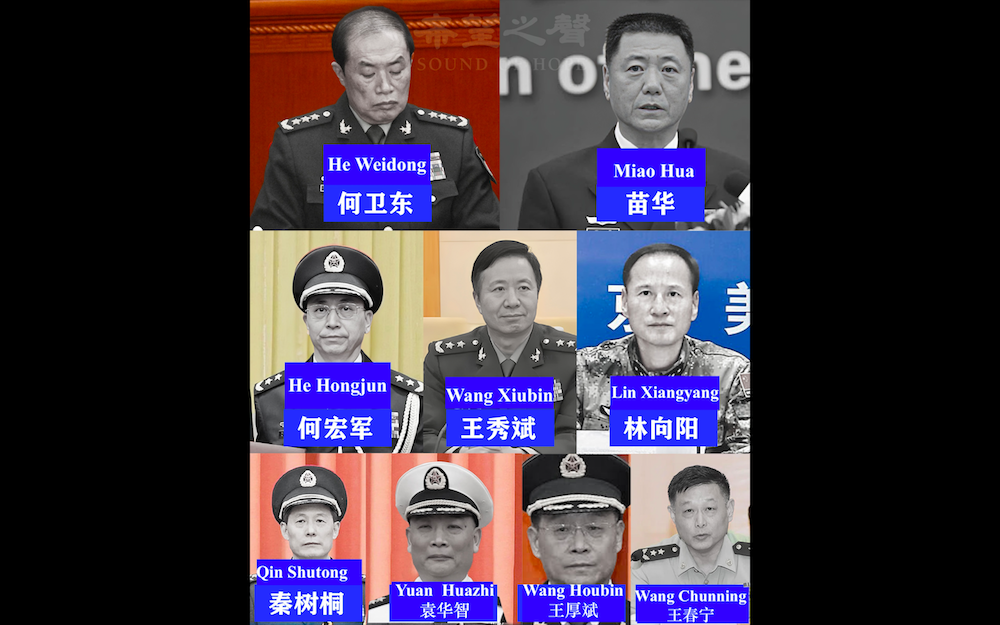BUM-LA (INDO-CHINA BORDER) – The world’s highest railway line connecting Beijing to Lhasa, the China Qinghai Tibet railway, which began operations on July 1 this year, can become a matter of concern for India as it enables China to stock up their garrisons in Tibet in case the relations between the two countries worsen.
For India the border runs at a height of 16,000 feet above sea level at some places. It would not only take more time but also more resources to transport the material. For China, the line covering a stretch of 1,140 kilometres takes two days from Beijing to reach Lhasa, passing through Golmud, Uli and Nagqu before reaching its destination.
The railway line helps the Chinese get an easy access to the Indian border and each train can carry 1000 to 1100 tons of material.
The border dispute between India and China is still unresolved. The Chinese are in occupation of Aksai Chin since 1962 and also stake a claim to Namka Chu, Sumdorong and Longju. The India-controlled Yangtse and the unoccupied but patrolled Asaphila in the Eastern sector too are disputed.
Besides the Beijing-Lhasa railway, China is also investing in the expressway system at a cost of $242bn. Around 4,163 miles of expressways were added last year and another 3,000 miles are expected this year. China is concentrating on constructing additional expressways and railways.
The opening of Nathu-La Pass on the legendary Silk Road trade route between India and China in July this year was hailed as a step to improve relations between the two emerging economies.









